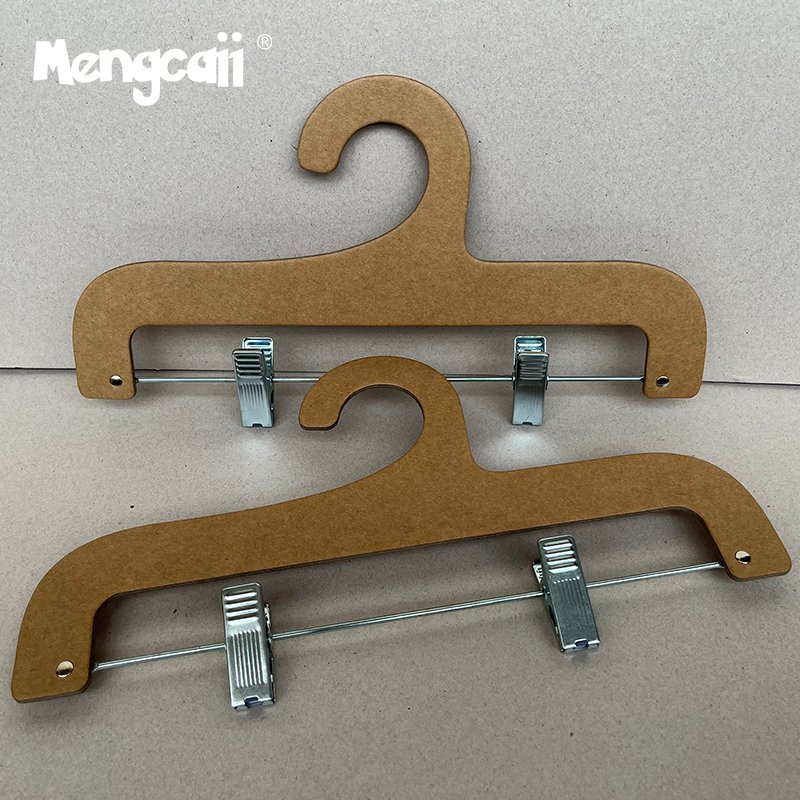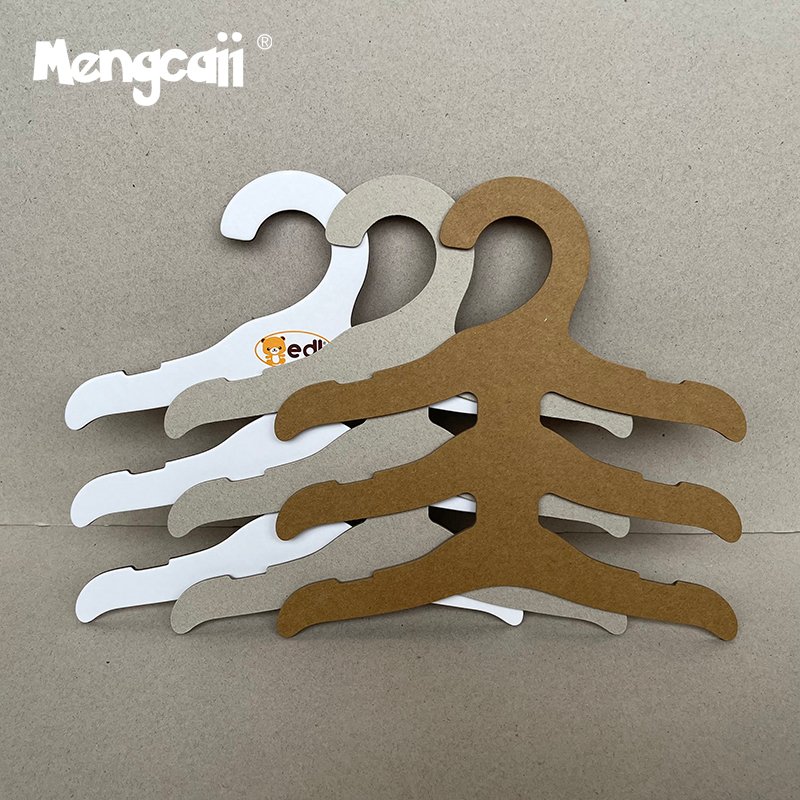From plastic hangers to eco-friendly hangers:
From plastic hangers to eco-friendly hangers
As global environmental awareness increases, the sustainability of plastic products has attracted increasing attention. As a common item in daily life, plastic hangers are also facing major challenges and opportunities in the process of transformation. This article will explore the transformation process of plastic hangers to eco-friendly hangers, as well as the motivations, characteristics and differences between this transformation and traditional plastic hangers.
Environmental challenges and problems of plastic hangers
Traditional plastic hangers are usually made of plastic materials such as polypropylene. Although they are light and low-cost, they also have many environmental problems. First, the production of plastic hangers consumes a lot of fossil energy resources and releases greenhouse gases. Second, most plastic hangers are not recyclable materials and are difficult to be effectively reused after their service life ends, resulting in a large amount of waste plastic becoming one of the sources of environmental pollution.
Characteristics and innovation of eco-friendly hangers
In response to the above problems, eco-friendly hangers came into being, with sustainability and environmental protection as the core of their design concept. Eco-friendly hangers usually adopt the following technologies and material innovations:
Biodegradable materials: Unlike traditional plastics, eco-friendly hangers are mostly made of bio-based materials, such as starch-based plastics or biodegradable plastics. These materials can decompose quickly in the natural environment, greatly reducing the negative impact on the environment.
Recyclable design: The design of environmentally friendly hangers pursues the principle of circular economy, such as being made of recyclable materials, or designed to be easy to decompose and reuse to reduce resource waste.
Energy-saving and environmentally friendly production process: In the process of producing environmentally friendly hangers, energy-saving and environmentally friendly production processes and technologies are adopted, such as reducing energy consumption and reducing waste generation, to reduce environmental load.
Market prospects and social impact of environmentally friendly hangers
As consumers’ demand for environmentally friendly products increases, the market potential of environmentally friendly hangers is huge. More and more retailers and brands are turning to environmentally friendly hangers to reduce their impact on the environment in the supply chain. This not only promotes technological innovation and progress in the hanger manufacturing industry, but also prompts the entire industry to develop in a more sustainable direction.
The transformation of plastic hangers to environmentally friendly hangers represents a small step on the road to global sustainable development, but it is a big step. Through innovative technology and the improvement of consumer awareness, we are expected to see the emergence of more environmentally friendly products in the future, thereby jointly promoting the progress of global environmental protection. May the hangers of the future not only carry clothes, but also carry our responsibility and care for the earth.



